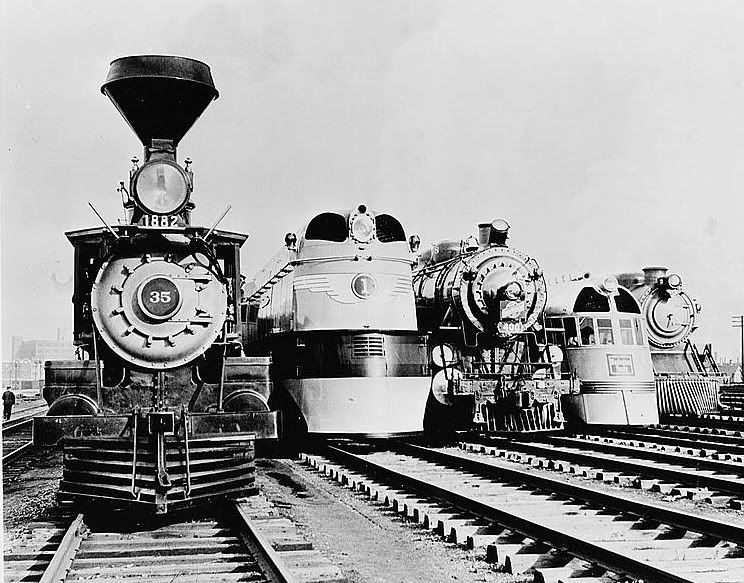
Which of the following is more true?
- Most cyclists don’t work out hard enough to see improvement.
- Most cyclists work out too hard to see improvement.
Think about this for a minute. Do you have an answer? Then read on…
If you chose answer #2, you are incorrect. But don’t start gloating if you chose answer #1, because you are also incorrect.
In fact, for most cyclists, both #1 and #2 are correct. My guess is that you are both riding too hard and not hard enough. Which probably makes no sense at all, so bear with me.
Training stress
Going back to my last post about training stress, here is another equation for you:
Training stress = Effort – Current ability
I should probably note that the equations are simplifications and may ignore important factors. Your actual mileage may vary.
The amount of training stress you put on is dependent on how hard you can ride and what your current ability is. When you first start, your current ability is much, so it’s easy to get training stress, and you improve. As you get better, if you ride at the same effort, the training stress decreases, until you reach the point that your effort matches your ability, and you plateau.
At this point, most people try to ride harder, to bump the effort side of the equation. That’s on the right track; let’s explore that more.
Effort
Effort = Ability to work hard – accumulated fatigue
There are physical and mental parts of each of these. Let’s talk about fatigue first.
I’m sure everybody has tired legs at times; after we put in an effort, we get tired; that is accumulated fatigue. This is also known as “overreaching”, and is common after a hard week.
There are three responses when fatigued:
- Try to work harder, to battle through the fatigue.
- Keep riding the way we have been riding.
- Reduce our workload considerably until we feel less fatigued.
Which one of these do you do? How does your choice affect the amount of effort that you are able to put out, and therefore the amount of training stress you can put on your system?
If you try the first one, you are unlikely to accomplish much because of your level of fatigue, and you run the risk of hitting overtraining, which can knock you down for weeks or months.
If you try the second, you will likely continue at that level of fatigue, or perhaps get more fatigue. It’s hard to maintain motivation.
If you try the third, you will recover from the fatigue, which will allow you to once again put out hard efforts.
Spikiness
Which brings us back to our original question. Most people ride at a constant level of effort – the “kinda hard” level – which, for a moderately-trained cyclist, isn’t hard enough to generate much training stress, but is too hard to allow recovery from fatigue. What you want is do make your workout spikey; to recover with easy efforts so that you can work *very* hard during your hard workouts, and after such a workout you should be very tired.
Which feels like you are wimping out; you’re supposed to be out there *training*, after all, and riding softly doesn’t seem like the right thing to do. Trust me, it is.
As for when you should work hard and when you should work easy, it’s hard to give a general answer because it depends on what your fitness level are, what training schedule you are using, what your experience level is, what your goals are, and the color of your bike.
For me, I’m generally riding only 3 days of week, so I don’t have a designated recovery ride. I do spend some time in the gym on my off days, and on those days I do just enough aerobic activity to get warmed up and get the kinks out of my legs. For the remainder of the workouts, I will get warmed up and then decide what is on the menu for the day; if I’m feeling good, I’ll work hard, and if I’m feeling fatigued, I’ll back off.
If you ride more than I do, you may want one or more recovery ride days in your schedule.
Another way to detect fatigue is to measure your resting heart rate in the morning; if it is elevated, that’s an indication that you are fatigued or perhaps a bit ill, and a good time to dial back your effort.
That’s a basic introduction to overloading; you can add a lot of rigor with specific schedules and other ways to evaluate fatigue level.
Next time I think I’ll talk about specificity, which is about focusing your workout on a specific area.




